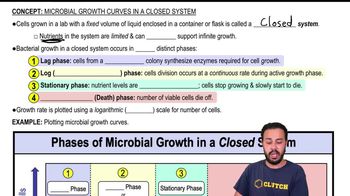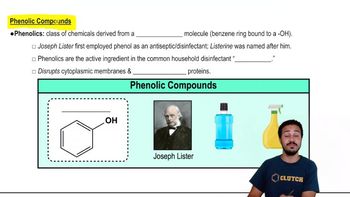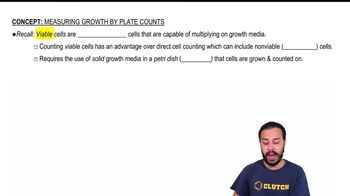Assume you inoculated 100 facultatively anaerobic cells onto nutrient agar and incubated the plate aerobically. You then inoculated 100 cells of the same species onto nutrient agar and incubated the second plate anaerobically. After incubation for 24 hours, you should have
a. more colonies on the aerobic plate.
b. more colonies on the anaerobic plate.
c. the same number of colonies on both plates.




